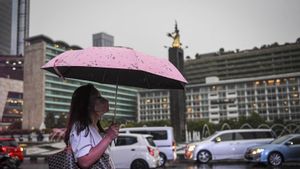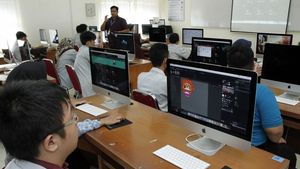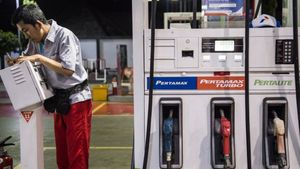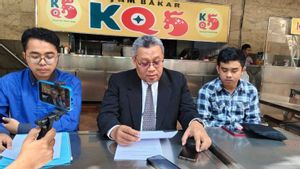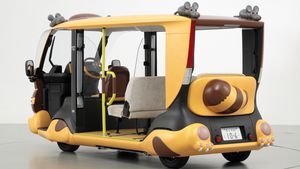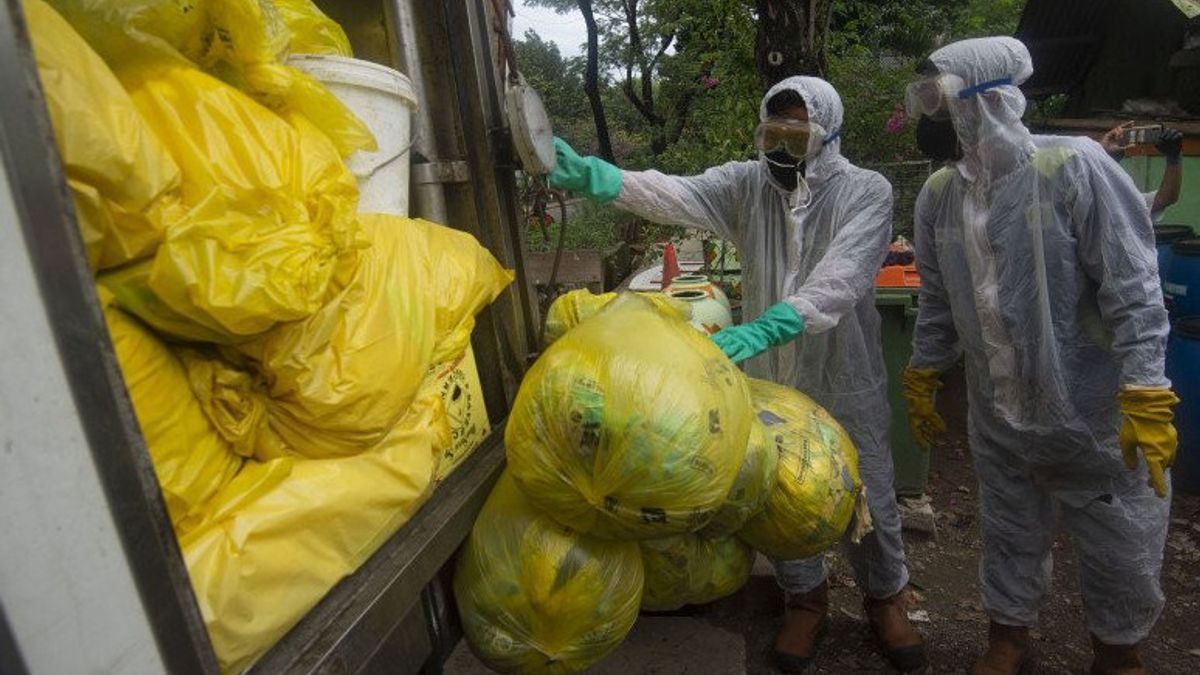
Still part of VOI's distinctive Writing Series, "Critical Medical Waste". In previous articles we have outlined the gaps in the treatment of infectious medical waste. Now take a look at this condition. About those who seek sustenance from medical waste both light and dark.
Several types of medical waste have high economic value. Waste that has the potential to transmit this disease can become "honey" if properly managed. But it can also be poison if it falls into the wrong hands.
Medical waste comes from hospital service activities. This waste has great potential to pollute the environment and transmit disease if no special processing or handling is carried out by officers.
However, sometimes there are unscrupulous officers who try to secretly sell medical waste. Because I was tempted by a fairly expensive price. One of the cases was revealed by Ponorogo State Islamic Institute student Nur Sahidin in his writing entitled Islamic Legal Review of the Sale and Purchase of Medical Waste at the Harjono Ponorogo Regional General Hospital in 2018.
Nur revealed the practice of selling medical waste at the Harjono Ponorogo Regional General Hospital (RSUD). He got this information after interviewing the cleaners.
He explained how the process was. Usually the waste will be picked up by cleaners from the trash which is then collected into black plastic bags. After feeling that there is enough, the waste is stored behind the warehouse to sort out which ones to sell.
As is known, the price of used infusion bottles is valued at Rp. 6,000 to Rp. 7,000 per kilo. Meanwhile, the infusion tube is Rp. 20 thousand per kilo. And used syringes, Rp2 to Rp3 thousand per kilo.
Plastic medical waste is valued more expensive than ordinary waste. As a comparison, plastic crackle, for example, on the market costs around Rp. 300 per kilo. Meanwhile, white plastic costs Rp. 600 per kilo. Meanwhile, clean plastic bottles of mineral water are only valued at Rp. 2,000 per kilo, and used white buckets, Rp. 2,500 per kilo.
Used infusion bottles are more expensive because the plastic is a low density polyethylene type. This type of plastic is classified as high quality because it is strong, does not react to other chemicals, and is easily formed when hot.

Tempo magazine also disclosed the same case in Pasuruan, which is still the same province as Ponorogo. The search, which was held at the end of 2019, revealed the practice of buying and selling medical waste in several hospitals in East Java.
For example, the Bangil Regional General Hospital. Every few months plastic waste collectors come to buy the medical waste. A number of collectors collect medical waste from the hospital owned by the Pasuruan Regency Government.
One of them is the CV Alam Jaya plastic processing factory, which is located in Sumbersari District, Jember, East Java. "We process them into buckets. We sell some of them to plastic recycling factories," said Yuli, owner of CV Alam Jaya to Tempo.
The person in charge for environmental health at Bangil Hospital, Nabil, admitted that they sold the medical waste. They sell it for Rp. 6 thousand per kilo.
The money, said Nabil, went to the hospital treasury. In one month, on average, Bangil Hospital produces around 21 thousand bags of used infusion containers, which weigh up to 300 kilos.
However, Nabil claims that the medical waste they sell is not hazardous and toxic waste (B3). "There's no blood," he said.

If hundreds of kilos of medical waste are collected per month, the results are tantalizing. But it also carries health risks to criminal.
This is because the bags used for infusion containers are medical waste which is categorized as hazardous and toxic materials. Government Regulation Number 101 of 2014 concerning Hazardous and Toxic Waste Management states that one type of B3 waste is waste that can cause infection or transmit disease.
This was also confirmed by Regulation of the Minister of Environment and Forestry Number 56 of 2015 concerning Methods and Technical Requirements for Management of Hazardous and Toxic Waste from Health Service Facilities. Bags used for infusion containers are classified as medical waste with infectious characteristics. Many of these "black trash" produce toxic waste.
However, the Director for Performance Assessment of Hazardous and Non-B3 Waste Management, Ministry of Environment and Forestry, Sinta Saptarina Soemiarno explained that there are some B3 waste that can be sold to companies. However, it also needs to go through the procedures stipulated in the Minister of Environment and Forestry Regulation No. 56 of 2015 concerning Procedures and Technical Requirements for Hazardous Waste Management.
Article 38 of the regulation explains B3 waste that can be processed, namely used B3 packaging, used syringes, used infusion bottles other than blood and / or body fluids, as well as used hemodialysis fluid packaging. There is also a processing procedure, namely "emptying, cleaning, disinfection, and destroying or shredding (according to regulations)," said Sinta to VOI.
The management of B3 waste, said Sinta, is the responsibility of the hospital and is carried out in the hospital. "Once it is chopped up and no longer becomes B3 waste, it can only be sold to outside parties," he said.
One of the players in medical waste that is procedural and legal is Saut Marpaung from the Association of Indonesian Plastic Recycling Entrepreneurs. As quoted by Tirto, Saut explained, after receiving medical waste that has been processed in chopped form, it is usually recycled by grinding it, washing it again, and turning it into plastic ore. The finished goods are plastic products such as buckets and plastic bags.
In a month, the Association can buy an average of 50 tons of medical waste. But Saut also confirmed that sometimes they have to compete to get waste from illegal players. "They dare to buy at a price twice as high as us because they do not go through the procedure."
As is known, according to data from the Ministry of Health as of 2019, of the total number of hospitals in Indonesia of 2,877, only 117 have permits to treat B3 waste. This means that there are 2,760 unlicensed hospitals and B3 medical waste management facilities.
Follow This Issue Series Writing: Critical Medical Waste
The English, Chinese, Japanese, Arabic, and French versions are automatically generated by the AI. So there may still be inaccuracies in translating, please always see Indonesian as our main language. (system supported by DigitalSiber.id)


